Dans cette page, je liste simplement des œuvres de net.art qui m'ont touché.
Si cela vous plait, je vous recommande aussi de jeter un œil au Glitch Art, ainsi qu'à l'art génératif.
Pourquoi ?
J'ai découvert le net.art via le livre "L'Art Internet" de Rachel Green, acheté au hasard dans une librairie d'occasion.
Ce livre de 2004, lu 15 ans plus tard, m'a fascinné.
D'abord j'ai été surpris par l'existence de ce groupe d'artistes sévissant sur Internet dès le début des années 90, regorgeant d'idées loufoques et de sous-textes percuttants. Je n'en avais jamais entendu parler.
Ensuite de part la "rusticité" du web de l'époque (un matériau très "brut" et contraignant au regard de ce qu'il est devenu), et pourtant exploité extensivement, avec beaucoup d'imagination par les artistes du net.art.
Et enfin parce que ces artistes avaient à l'époque tellement d'espérances vis-à-vis d'Internet, des bouleversements que ce réseau allaient entraîner, que ç'en est à la fois inspirant et triste, au regard de son évolution.
On retrouve beaucoup de liens avec le mouvement cyberpunk.
J'ai ensuite découvert rhizome.org, et son anthologie alors en cours de publication progressive. De nombreuses oeuvres ci-dessous en sont tirées.
A Cyberfeminist Manifesto for the 21st Century - 1991:
Part of the ethos of net art was to be quick and dirty, so I remember being on the train, and I had this idea. I met my friend and asked him if I could use his computer, and I made the work in about 20 minutes. - Heath Bunting on _readme.html - 1996
The next day, Michaël sent her an HTML page, breath.html, featuring a simple graphic of a human chest soundtracked by his heavy breathing. A mouse pointer mirrors the user’s movements across the page, as if another user is on the other side of the screen. Messages of love are hidden in the code.
[w]e felt a special magic, a ‘technoromanticism’ of the web, back then. And the web became a part of our story… We wanted people to realize that this place wasn’t about machines, but people. - Auriea Harvey (Entropy8) on skinonskinonskin - 1999
With its supposedly neutral gaze, the Street View photography had a spontaneous quality unspoiled by the sensitivities or agendas of a human photographer. - Jon Rafman on 9 eyes of Google Street view

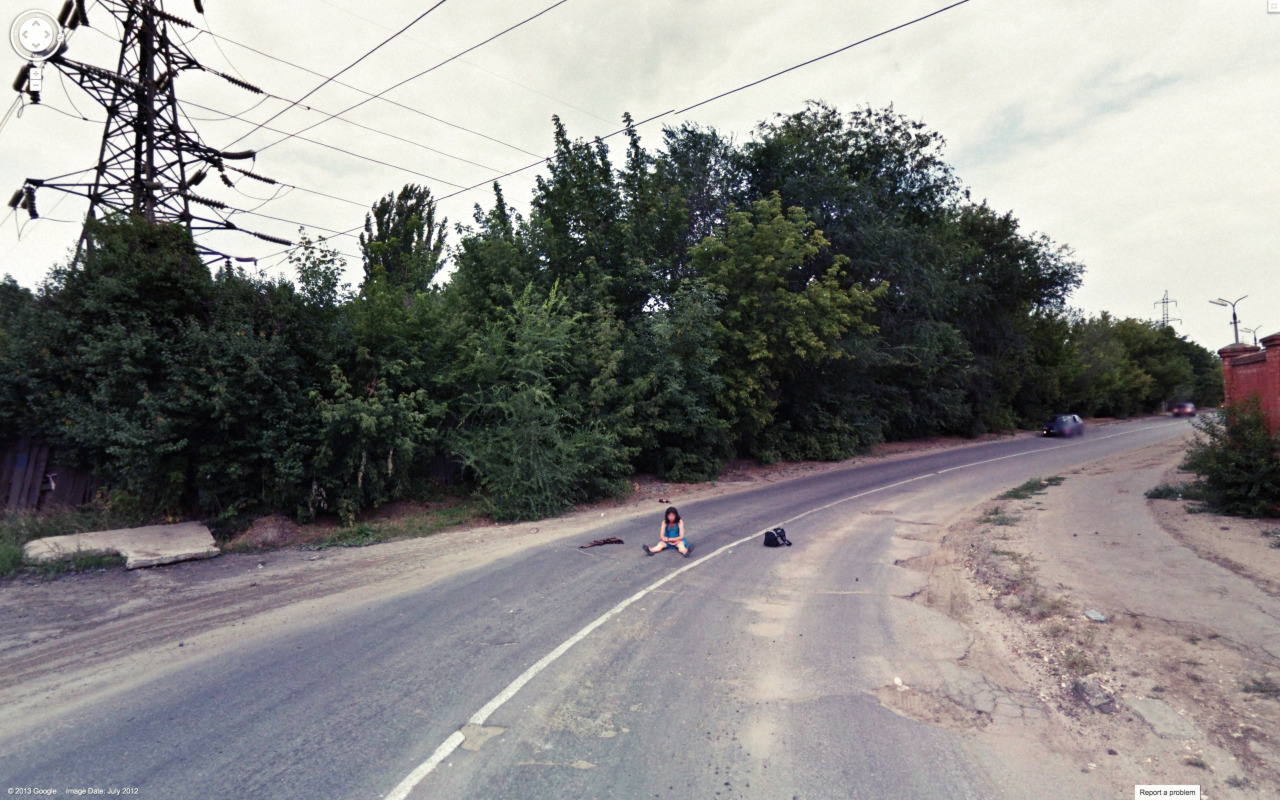

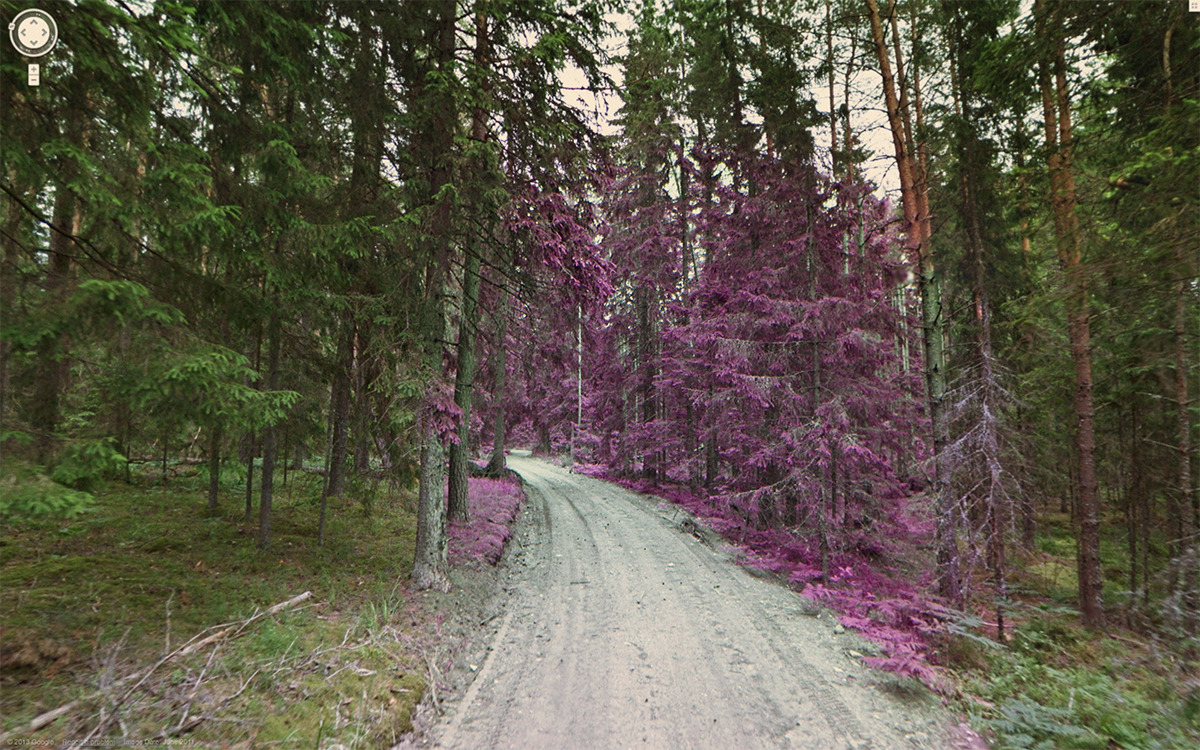
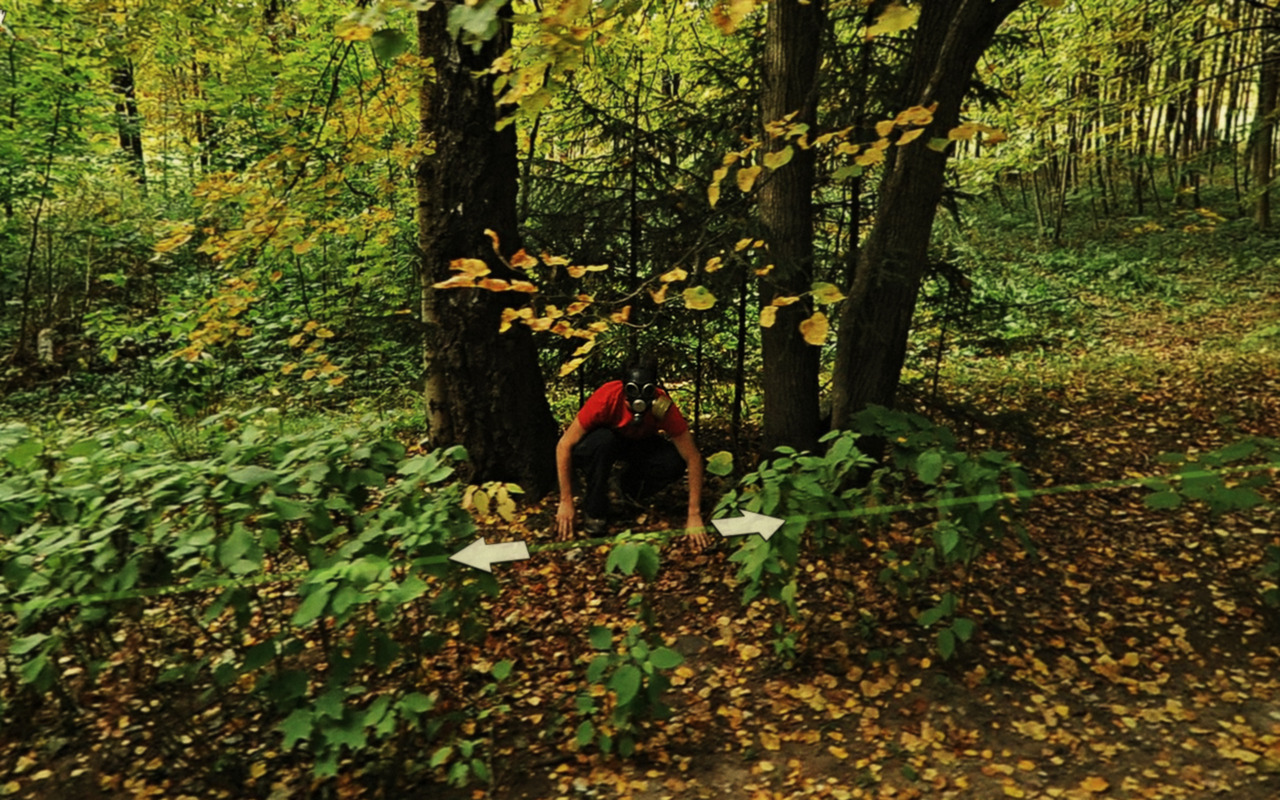

http://inflorescence.city by katie rose pipkin & loren schmidt
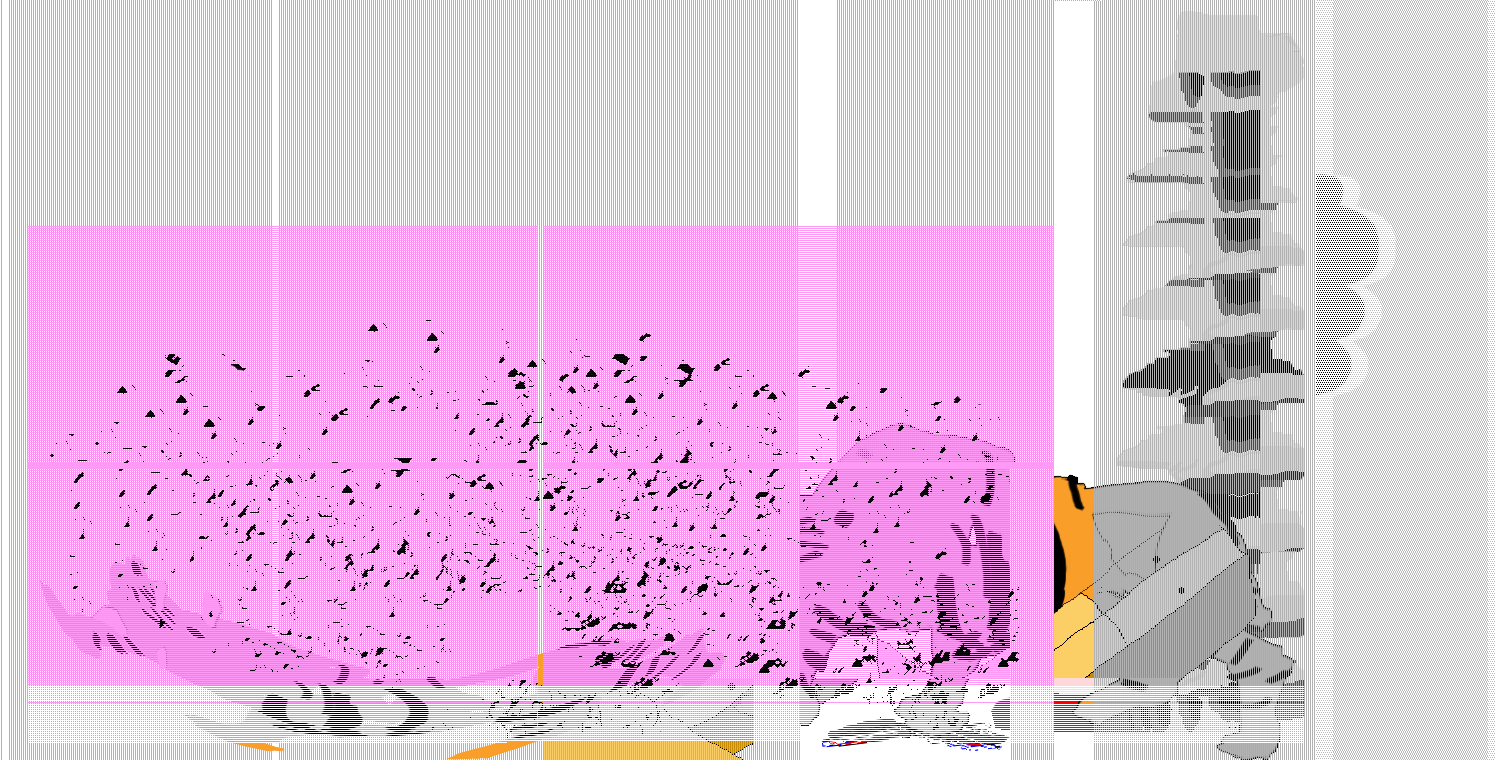
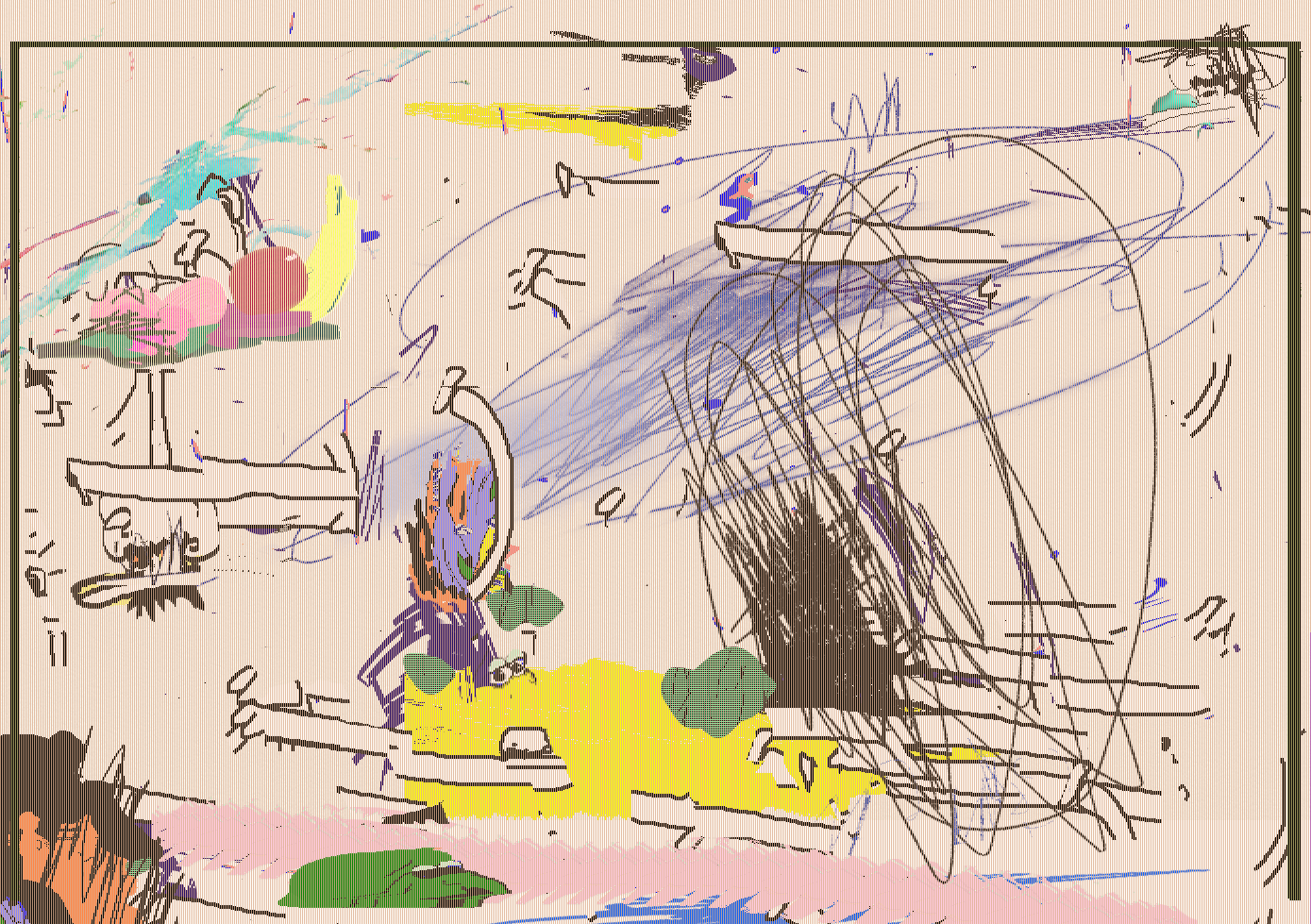
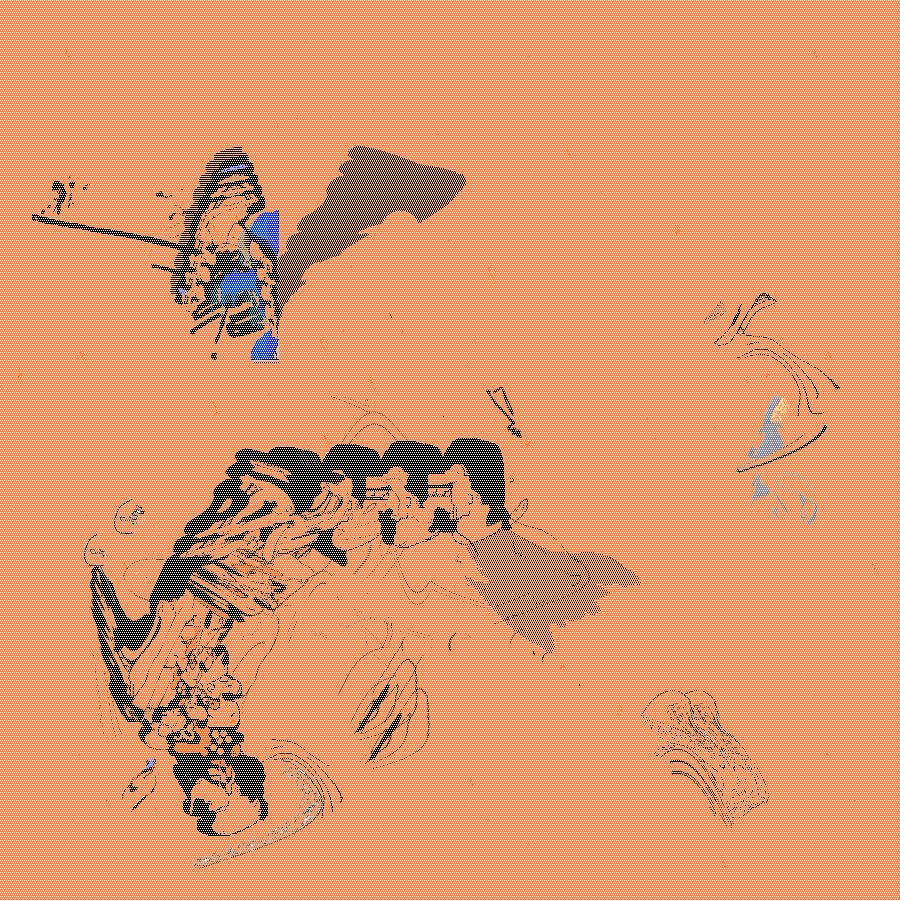
antirez LOLWUT command for Redis
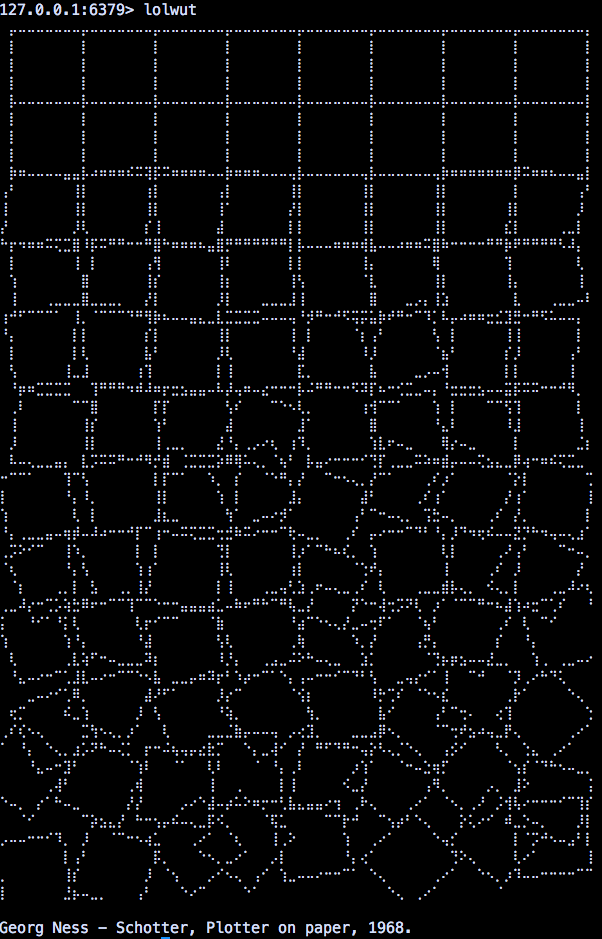
@chepertomz (Thomas Collet) work as a glitch artist :









A Year of Daily Generative Sketches by Martin O'Leary :



Wired Sound For Wired People
GLI.TC/H 24 HOUR NO PASSWORD PARTY (GoogleDoc from OCT 5, 2011)
Context: GLI.TC/H 20111READER[R0R] PDF, page 46
A precursor to these kinds of open/networked digital happenings is Richard Stallman’s 1977 clash with sys-admins implementing passwords at MIT’s Laboratory for Computer Science.
As the instantiator of the free software movement, Stallman cites password control as fuel for his unwavering commitment to openness. Stallman saw the situation at MIT, not as a security measure for users, but as a way for administrators to control the system. Following this point of view, Stallman figured out how to decode users’ passwords and sent everyone a message containing their password, rendering the argument for security mute. In the message, he proposed to update every password to an empty string. Around 20% of users followed his strategy. This small-scale social-hack is a beautiful example of creatively thinking around a system of control.
Dan Harper aka BadCodec:



















